Ozopart
Senior Member
- Messages
- 262
I purchased Fralin Blues Special Neck and Bridge pickups and installed them in the pickguard and bridge. So far no issues there. I tested them after installation with my multimeter and they read fine.
I build a control plate with a 3 way switch. It isn't elegant but seems to have continuity. I messed up there as online advice said to use Weller ETB tips with my Weller 1010NA soldering station. I had lots of trouble getting the solder to flow (60/40 solder) and as a result the connections look messy. But they seem to have continuity based on my multimeter.
I connected everything, put strings on the guitar (probably should have only put one on to test, but ...) and plugged it in. I got sound for a second and then nothing.
I disconned the control plate and re-tested the wiring. Everything test OK but the volume pot seems dead.
A couple of questions:
(1) Would my problems with solder not flowing, and as a result having to set the solder station tem higher (750F), be possibly due to the pointed tip rather than a chisel tip. I used the ETB tip but it looks like maybe the ETD chisel tip would have been better.
(2) If I fried the volume pot because I had to hold the tip at 750 F for longer than desired have caused the pot to pass sound for a second than go dead, could this be the only issue and mean I just need a new volume pot?
Finally, any suggestions other than Amazon ( I looked there and couldn't find the tip), for where to find the Weller ETD tip? I am wondering if that station is a good choice as finding tips seems to be really hard.
Thanks!
I build a control plate with a 3 way switch. It isn't elegant but seems to have continuity. I messed up there as online advice said to use Weller ETB tips with my Weller 1010NA soldering station. I had lots of trouble getting the solder to flow (60/40 solder) and as a result the connections look messy. But they seem to have continuity based on my multimeter.
I connected everything, put strings on the guitar (probably should have only put one on to test, but ...) and plugged it in. I got sound for a second and then nothing.
I disconned the control plate and re-tested the wiring. Everything test OK but the volume pot seems dead.
A couple of questions:
(1) Would my problems with solder not flowing, and as a result having to set the solder station tem higher (750F), be possibly due to the pointed tip rather than a chisel tip. I used the ETB tip but it looks like maybe the ETD chisel tip would have been better.
(2) If I fried the volume pot because I had to hold the tip at 750 F for longer than desired have caused the pot to pass sound for a second than go dead, could this be the only issue and mean I just need a new volume pot?
Finally, any suggestions other than Amazon ( I looked there and couldn't find the tip), for where to find the Weller ETD tip? I am wondering if that station is a good choice as finding tips seems to be really hard.
Thanks!




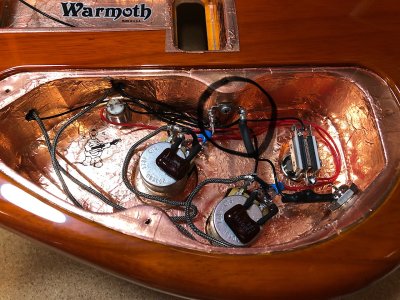
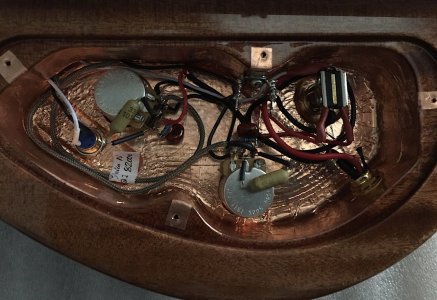
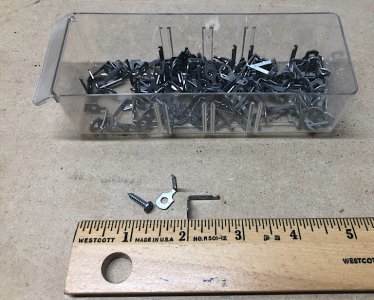
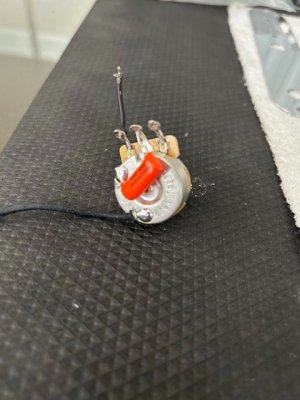
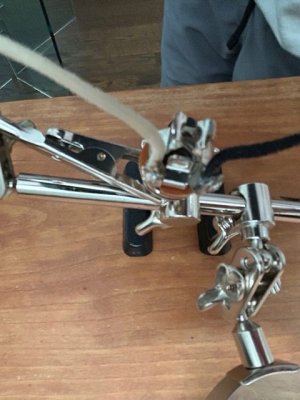
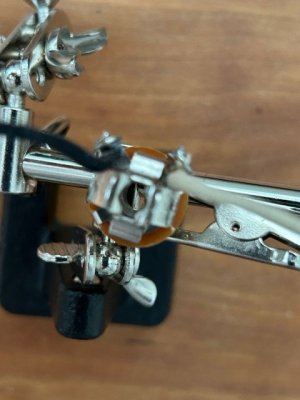
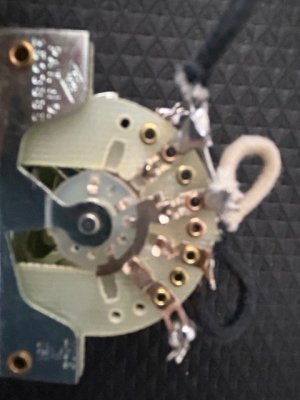
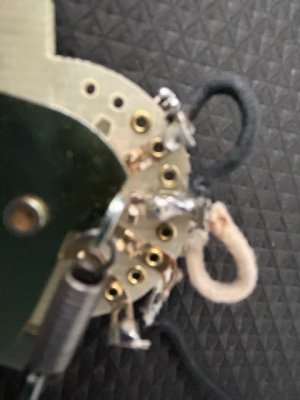
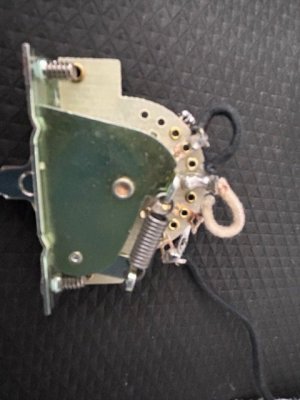
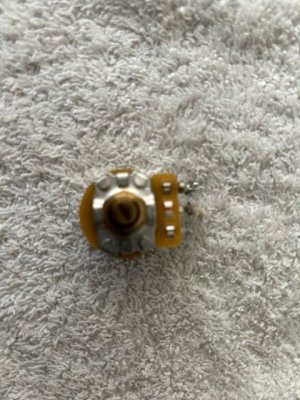
![96995a170p1l1571924067@1x_637075029191364639[1].png 96995a170p1l1571924067@1x_637075029191364639[1].png](https://unofficialwarmoth.com/data/attachments/24/24952-fa1da6260555db73f1b2b765536adbd5.jpg?hash=HxiwOXSXOb)